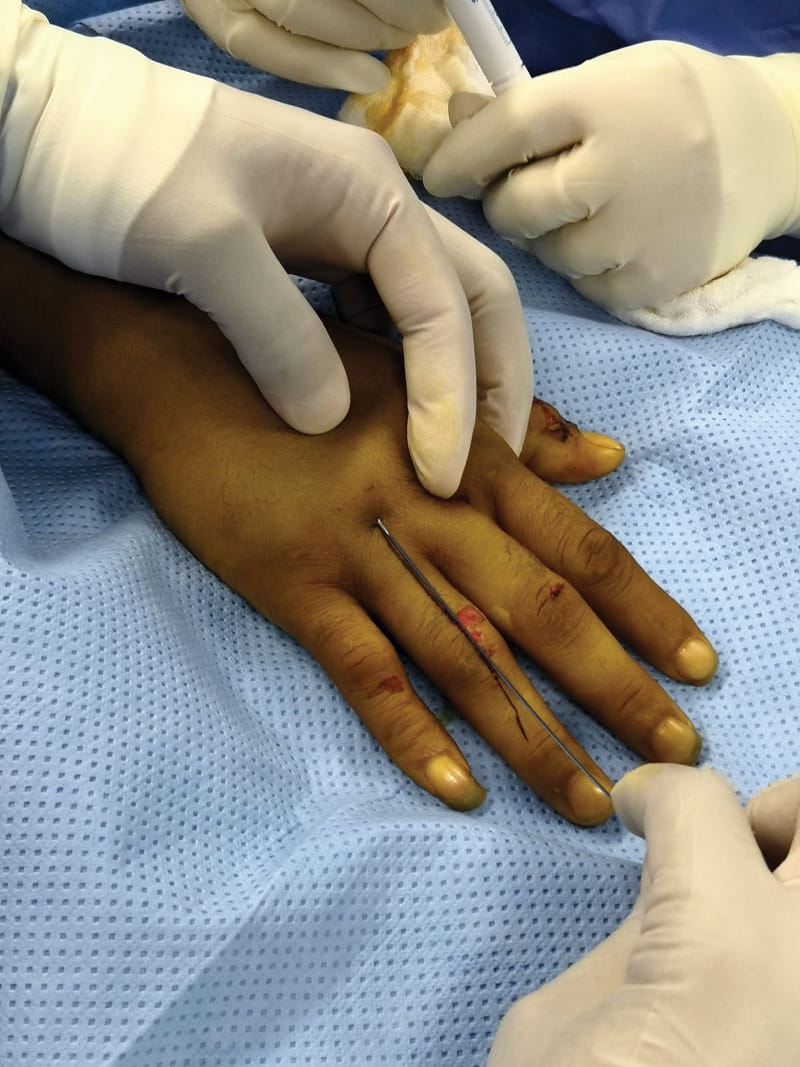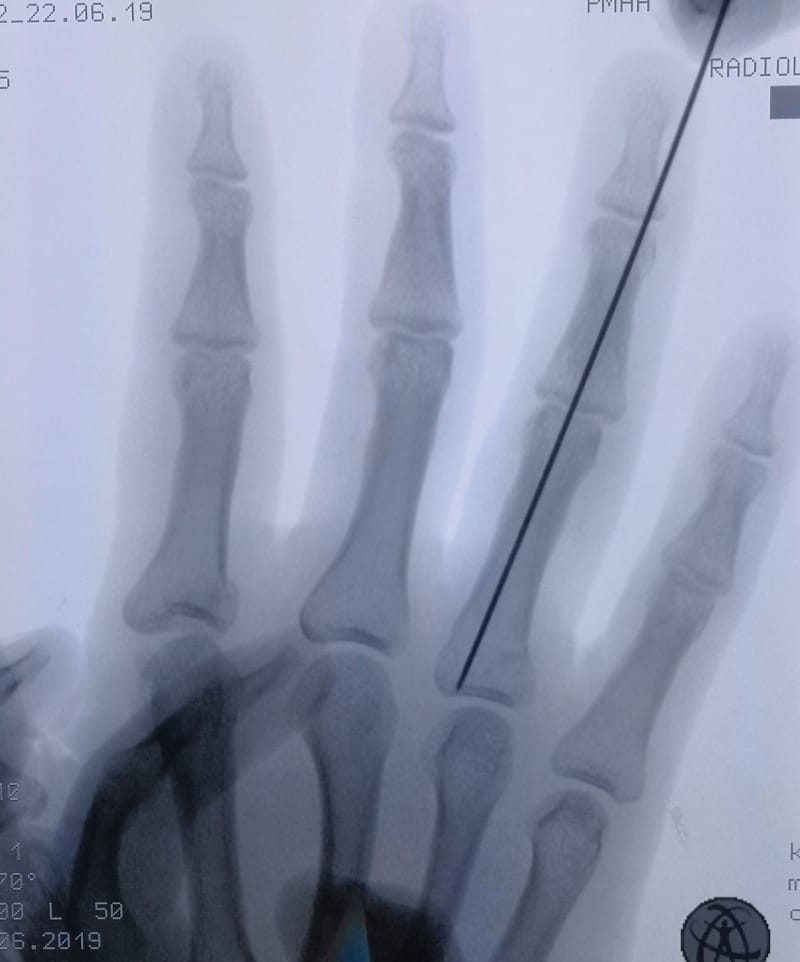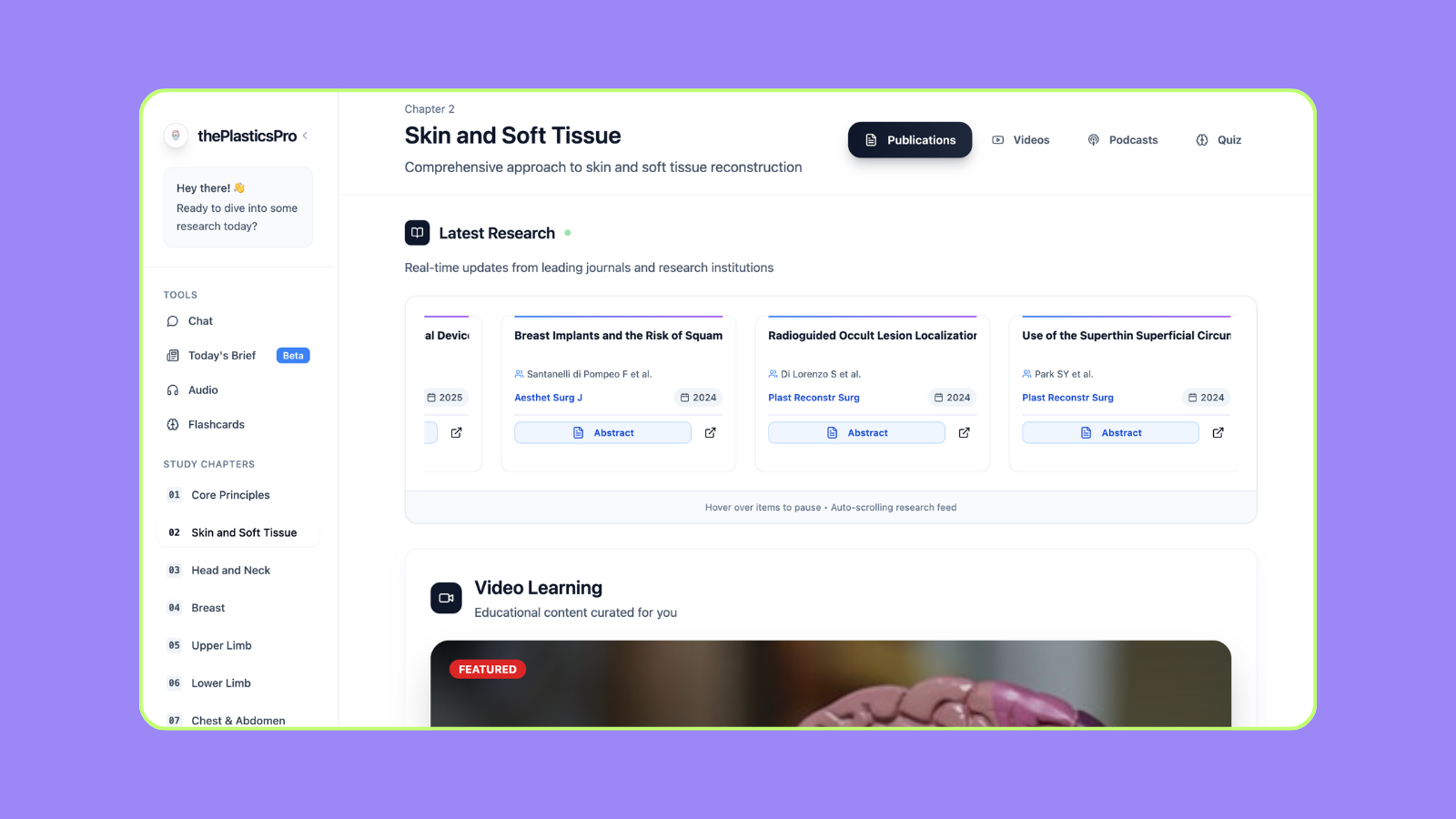In this week's edition
- ✍️ Letter from P'Fella
AI Beats Journal's Copyright? - 🤓 The Sunday Quiz
How well do you know Thumb Fractures? - 🖼️ Image of the Week
Seymour fracture anatomy X-ray. - 📘 Foundations Textbook
Sneak peek: The online companion. - 🎓 JPRAS Journal Club
When to start mobilisation after ORIF of hand fractures. - 🔥 Articles of the Week
PIPJ fracture outcomes, original Seymour's study, & hand fracture recon strategies: With 1-sentence summaries. - 💕 Feedback
Suggest ideas & give feedback!
A Letter from P'Fella
AI Beats Journal's Copyright?
Why? Because Anthropic bought physical copies, scanned them, and fed them to Claude. According to the judge, this is no different from a human reading, remembering, and remixing ideas into something new.

What Does This Mean for Journals?
Honestly, who knows. But some thoughts:
- The Paywall Fantasy is Over: AI can digest every paywalled article legally and regurgitate new insights instantly.
- Peer Review Has Competition: AI can spot statistical flaws and sloppy methodology in minutes.
- Subscription Model? Dead on Arrival: Why pay thousands when AI already read the paper and can summarize it for you?
The judge’s logic was blunt: once you’ve legally purchased a book, you can do what you want with it—including feeding it to an algorithm. Journals have spent decades gatekeeping knowledge with committees, fees, and bureaucracy. That grip just slipped, maybe.
With love,
P Fella ❤️
The Sunday Quiz
How Well Do You Know Thumb Fractures
Join The Weekly Quiz in each edition of thePlasticsPaper. This is the final round of seven rounds!
The top scorer wins a copy of our upcoming textbook, Foundations.
Image of the Week
Seymour Fracture Anatomy X-Ray
This week’s image features a classic Seymour fracture. It typically presents with a nailbed injury and flexed DIP joint, with the fracture line extending through the physis.
Image 1: Clinical image showing nail avulsion and volar displacement.
Image 2: X-ray confirming displaced juxta-epiphyseal fracture.
Note: Seymour fractures are open fractures until proven otherwise. Urgent washout, reduction, and antibiotics are essential.


Foundations Textbook
Sneak Peek: The Online Companion
1. Live article updates so you can read more than the textbook
2. Curated videos and audio companion
ps - look at the other stuff in the screenshot 😉

JPRAS Journal Club
When to Start Mobilisation After ORIF of Hand Fractures
Immediate mobilisation speeds up radiographic healing, but comes with more complications. Delayed mobilisation reduces risk, but may slow functional recovery. No clear winner... yet.
Key Stats:
- Immediate mobilisation: healing in 38.7 days.
- Delayed mobilisation: lowest adverse event rate (9.3%).
- Early mobilisation (≤7 days): highest complications (25%).
- PROMs were inconsistently reported and hard to compare.

Articles of the Week
3 Interesting Articles with One-Sentence Summaries
Across five common techniques for proximal interphalangeal joint fracture-dislocations, no single approach consistently outperformed others in postoperative function.
First described in 1966, the Seymour fracture is a juxta-epiphyseal injury of the terminal phalanx that mimics mallet finger but requires urgent recognition and nailbed management to prevent complications .
The current principles in managing metacarpal and phalangeal fractures, emphasizing surgical indications, complication prevention, and the benefits of early mobilization in preserving soft tissue function.


